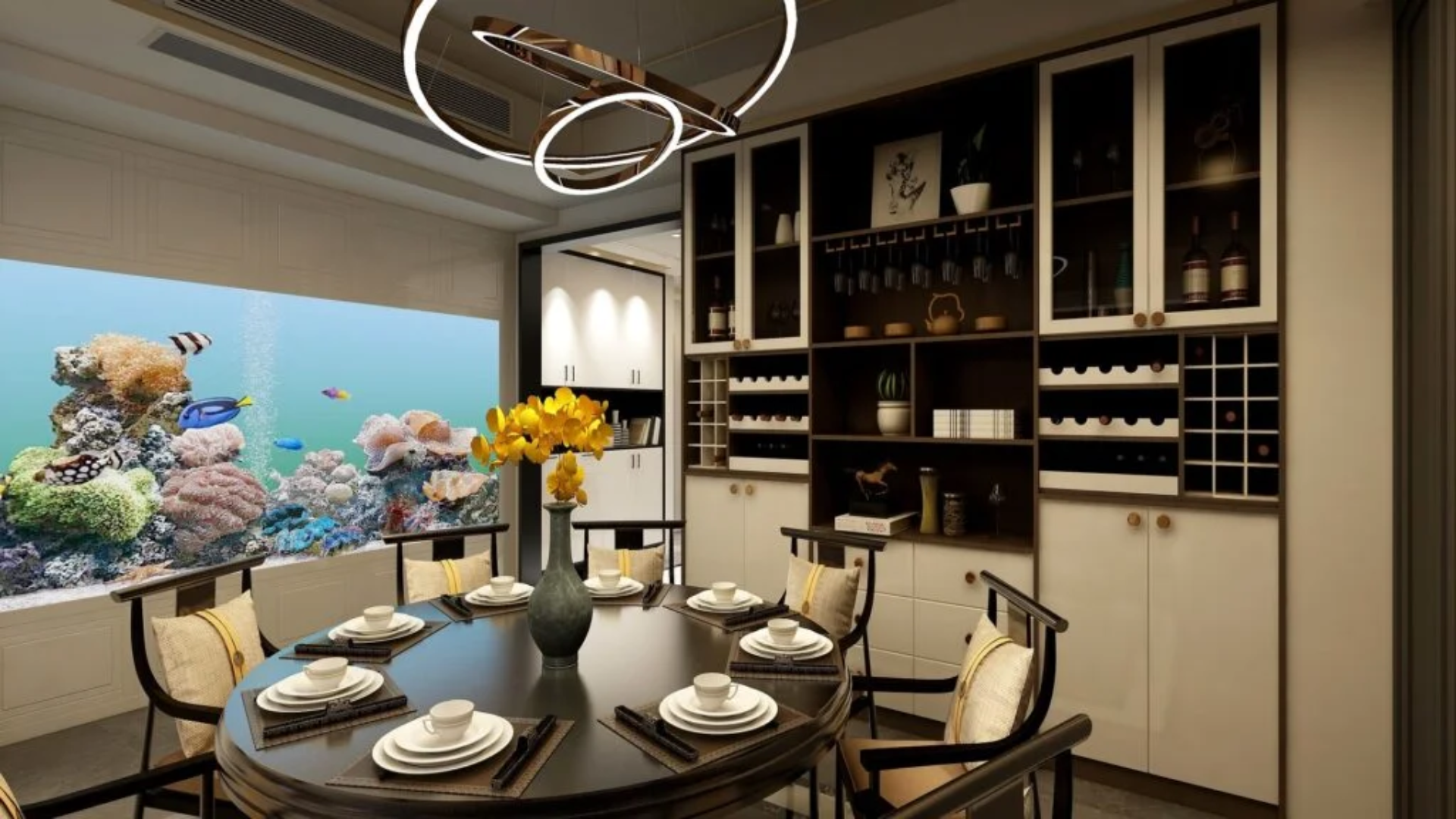With the rapid growth of the globe, many people look forward to connecting with Mother Nature in their homes. Biophilic design takes the opportunity that we all have with nature to harness the aspects of nature within our interior spaces and heal our mental well-being, enhancing creativity, health, and prosperity. Whether it’s an assortment of peace or making your home greener and sustainable, biophilic design can build a healthier and happier home.

What Is Biophilic Design?
It involves the integration of natural materials, light, vegetation, and views outside into enclosed spaces. It aims to introduce the sensory experience outdoors into indoor environments. Additionally, it creates a connection between humans and nature. By doing so, it enhances both lifestyles and well-being through a seamless integration of nature with buildings.
Key Elements of Biophilic Design
Natural Light: The most basic requirement of biophilic design is its need for natural light. Skylights in gigantic windows along with glass doors open up the possibility of letting in sun rays into your house. This could brighten up your mood and throw a warmer glow into the atmosphere. Sheer curtains or window treatments that offer the possibility of working with maximum light utilization will enable you to make complete use of daylight.
Indoor plants: Nothing is easier and yet more effective for bringing a little bit of the outdoors inside. Whether rich potted plants or hanging gardens, not only do plants purify but fill spaces with serenity. Even if you’re not green-thumbed, low-maintenance succulents, ferns, or snake plants make natural additions to just about any setting.
Natural Materials: Organic materials, such as wood, stone, or bamboo, must also be used. A biophilic design requires this because these create natural texture and warmer, more grounded feelings in an enclosed space. Examples could range from reclaimed wood furniture, stone countertops, or woven baskets.
Water Features: That is perhaps the most versatile part of biophilic design as water is very soothing, and to many, it is probably the biggest element in such designs. Adding a small indoor fountain, an aquarium, or even just a decorative water bowl can set up a peaceful ambiance, and the calming sounds of nature are lovely too.
Views of Nature: Design your home to have, as much as possible, natural scenes and views. Place furniture locations near windows so that the windows are a frame on which to display the garden tree or other features of nature. If an immediate view of nature is not feasible, then landscape painting or nature wallpapers can be utilized simply to replicate the effect.
Advantages of Biophilic Design
-
- Improved Mental Health: According to a large number of studies, dwelling in nature reduces stress, anxiety, and depression. This can be achieved through the contributions of biophilic design within your home, thereby offering you a haven for mental well-being.
-
- Increased Productivity: Biophilic design can help in concentration and creativity. The biophilic would be apt for the home office or creative space.
-
- Better Indoor Air Quality: Most indoor plants can cleanse the air through the removal of toxins thus quality in your home improves.

Conclusion
It is more than just the flavor of the month in design; it’s rather a lifestyle choice positive for health and well-being. This house, full of homegrown wonders is awash with natural elements such as light, plants, and organic materials that nourish your space aesthetically as well as for body and mind. You would just have to embrace biophilic design and create in your home some peaceful haven far from Nature.
FAQ
How do I easily add a biophilic design into my space?
Start with natural light and plants. These are the cheapest and easiest upgrades that can truly make a difference instantly.
Can I design my small apartment biophilically?
Absolutely! Biophilic design doesn’t have a minimum square footage. Indoor plants, natural light, and even wood and stone materials can exist in small apartments.
Do I need to have lots of natural light to do biophilic design?
At the same time as letting in a lot of natural light, you could also supplement that with a combination of warm, soft artificial somewhat akin to ‘false sunlight.’ Regarding your walls, you can paint with light-colored paint that will reflect and brighten up any meager amount of natural light filtering in.
What types of plants could I use in this biophilic design?
You might like snake plants, ferns, and pothos plants. These are all low-maintenance plants that require the least knowledge. Some thrive indoors.




